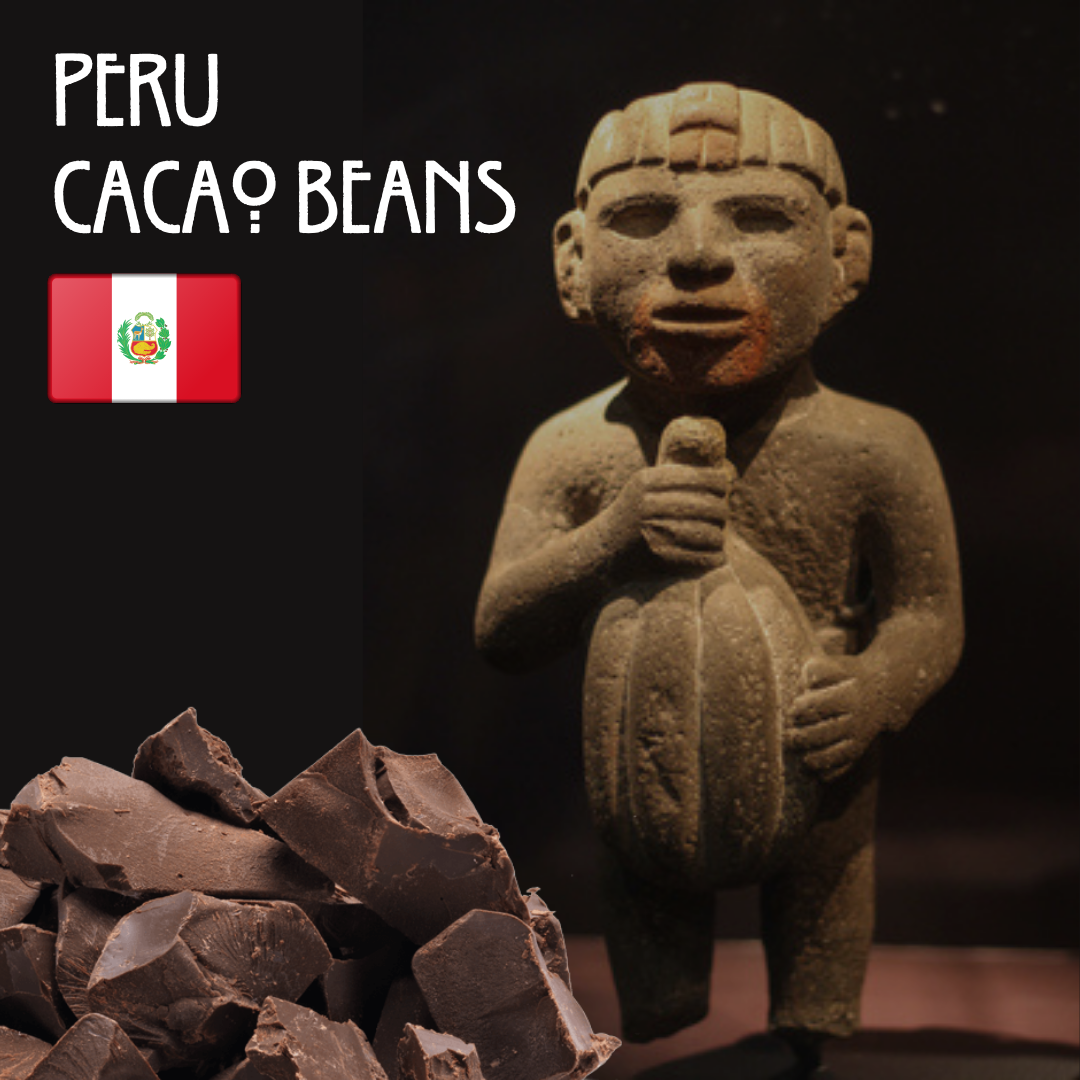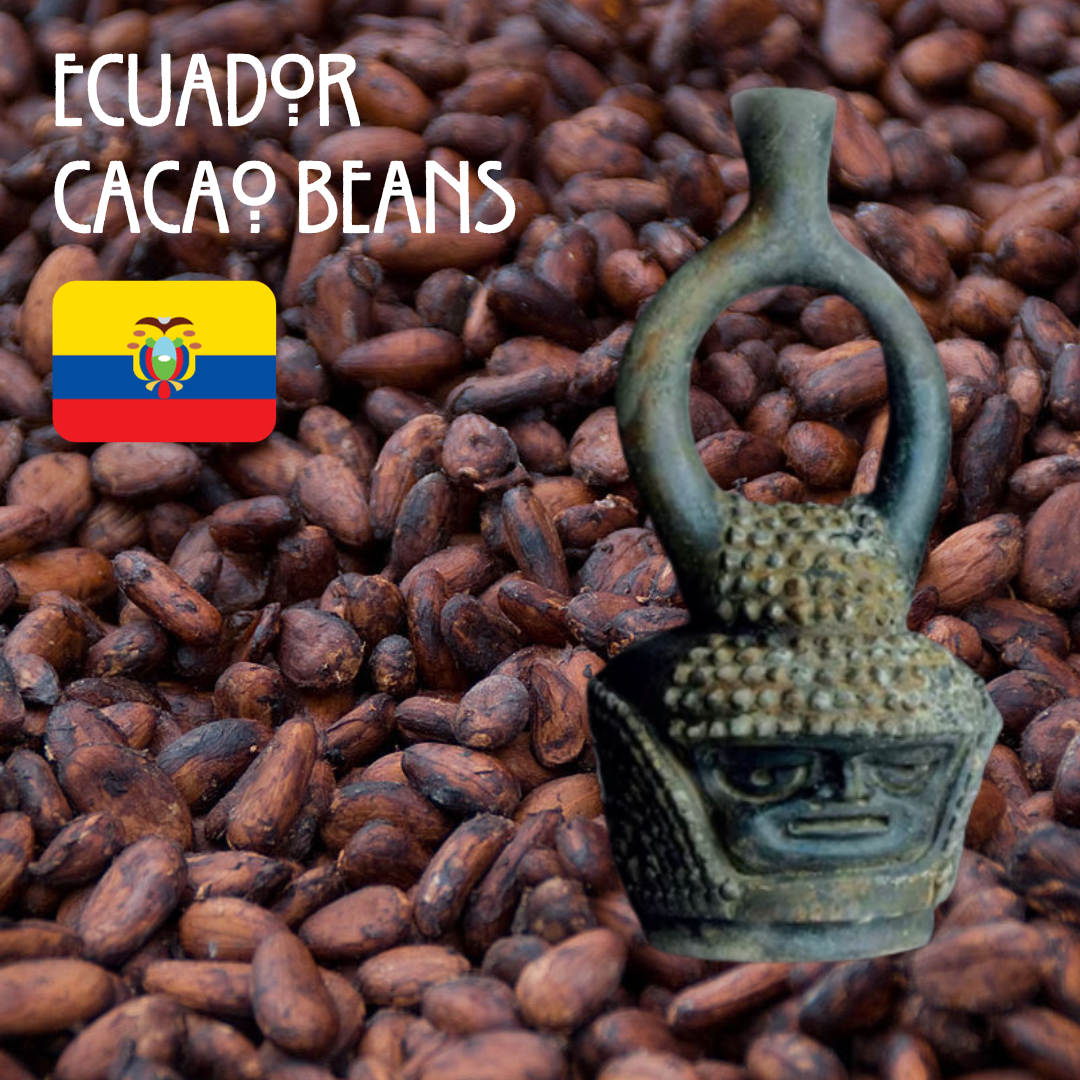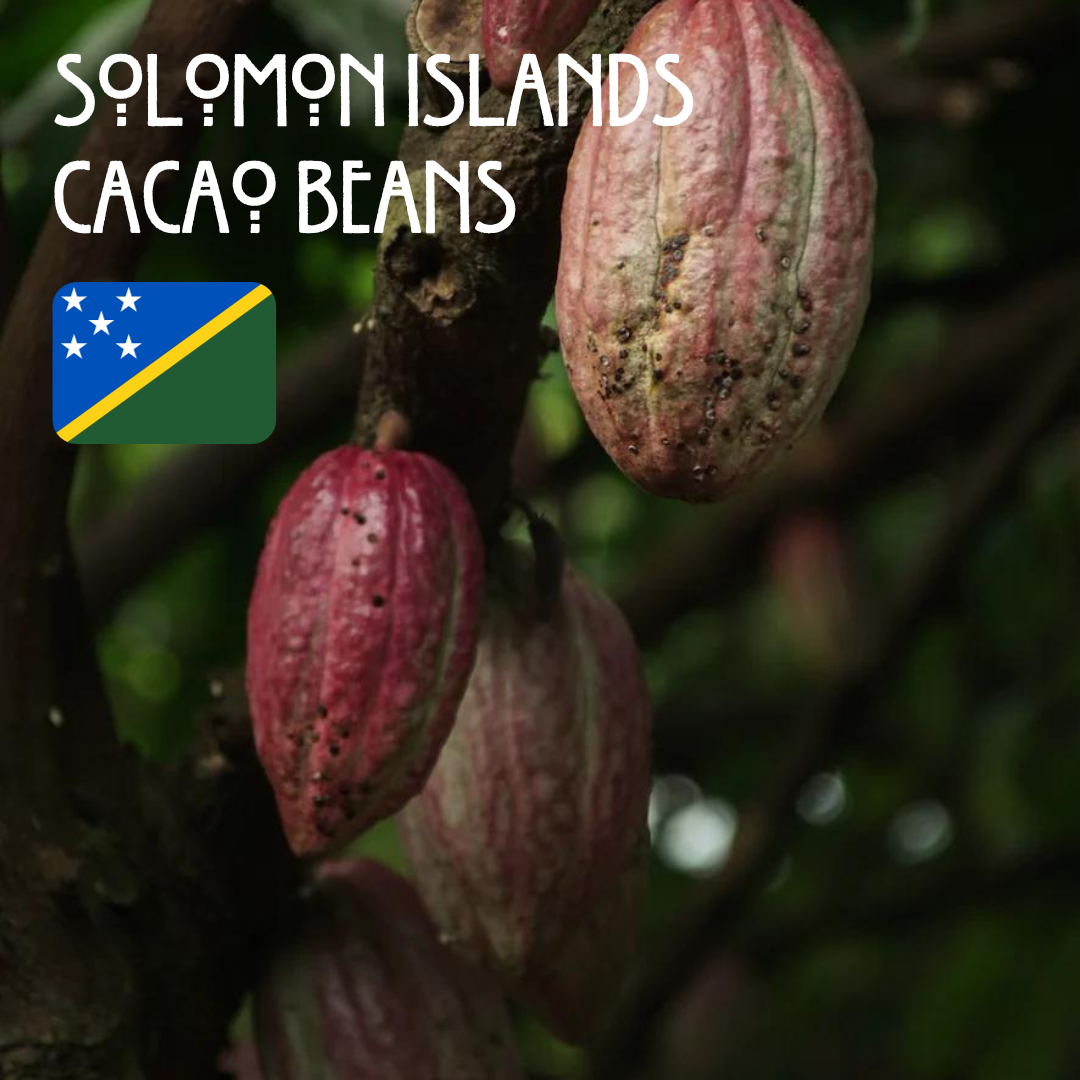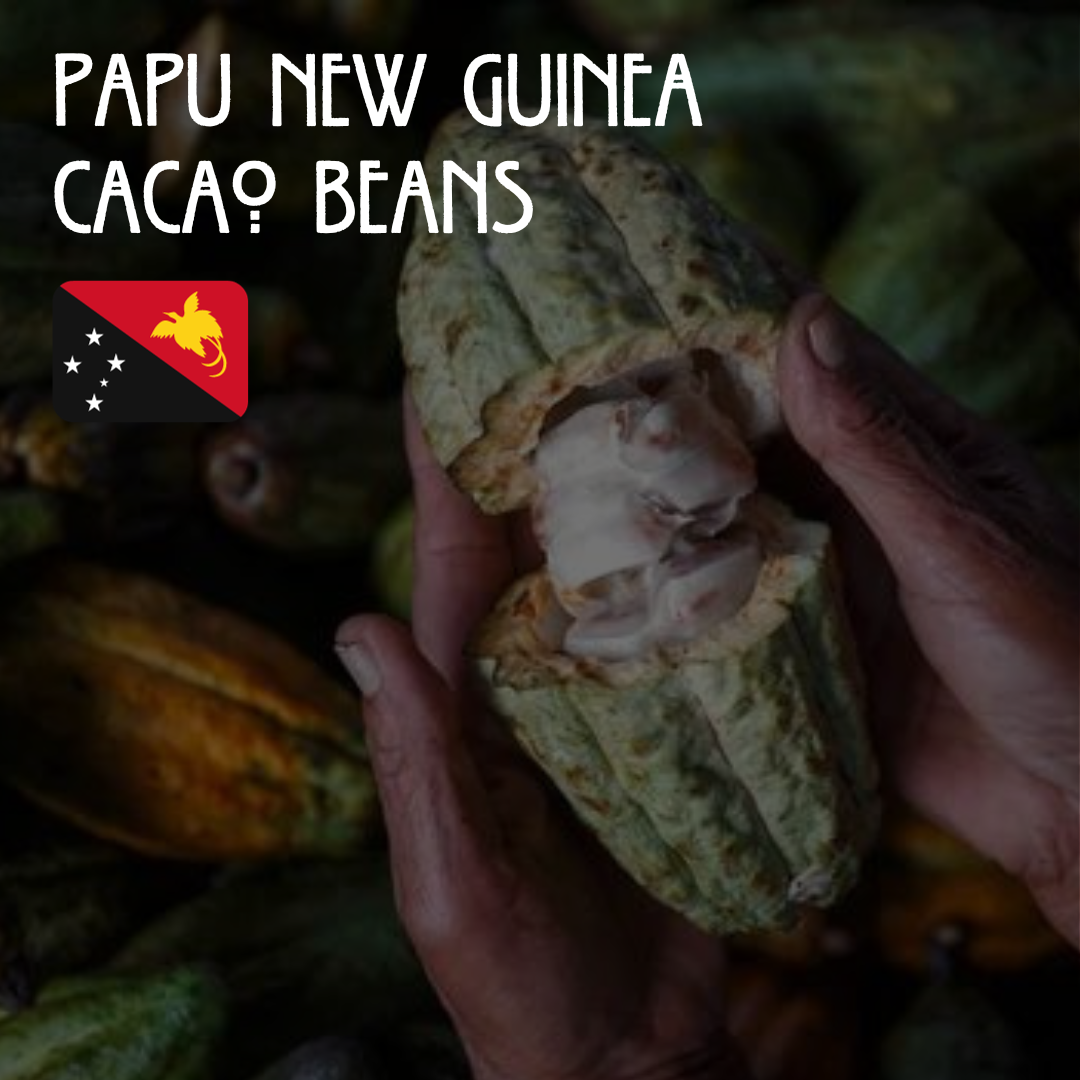
The Cacao Bean Library
Recently I have added to my Cacao Bean Library and now have delicious beans from Peru, Ecuador, The Solomon Islands + Papua New Guinea
No two beans are quite the same and what I love about this most is that all four are quite energetically different!
Something to consider when trying a new cacao is that its not always about the beans themselves. Here are a few things to ponder:
- The mood of the person picking the beans
- If the beans were picked at the right time (or maturity)
- How long the beans were roasted for (this can have a huge impact on the taste note of the bean)
- The mood of the person making the cacao
- The time the bean spent being stone ground
So many things to consider! As you can see no two beans are quite the same and even the same tree can produce different earthy tastes depending on when it is picked and how long it is roasted.
All of these offerings are now available on my website, why not try a small bar of each to see which bean resonates with you most.
I’d love to hear which bean you feel drawn to and when you take her into your body how she makes you feel!
Ultimately it there is no right or wrong bean, they are all here to help us connect to our heart, activate the energy centers, bring flow back into the body and make our hearts explode with love.
See below a brief history and description of these magical beans!

A Brief History of Cacao
Wild cacao trees originated in the foothills of the Andes in Peru around 7000 years ago. Although not exclusively indigenous of Peru, the cacao tree is native to the Amazon Basin and found growing at low elevations.
In ancient times cacao was first used by the Chinchipe tribes. Then adopted by the Mokaya, Olmecs, Mayans and Aztecs who believed cacao to be a gift from the gods. Cacao was prepared as a scared + spiritual drink: grinding the beans, flavoring it with fruit juice and then adding spices and psychoactive’s. The Mayans had their feathered serpent god known as Kulkulkan and the Aztecs the dragon god Quetzalcoatl.

PERUVIAN CACAO
🇵🇪 Peru: she is a dark and powerful bean. Laden with layers upon layers of ancient knowings and practices. Her energy is one of deep heart centered earth connection and carries the ancient mystery and magic of the Amazon Jungle.
Cacao was then domesticated around 3000 years ago by local indigenous communities of the Amazon Forest when the Spaniards arrived in Peru. The Spanish traded cacao with the Aztec tribes before bringing it to Europe where it was combined with milk and sugar or honey to create the earliest version of what eventually become chocolate.

ECUADORIAN CACAO
🇪🇨 Ecuador: she is rich, silky and potent. Her feminine energy takes you into the lush forests of hidden secrets, with each breath you discover your own inner wonders.
Archaeological research in Ecuador indicates Cacao was first cultivated in the upper Amazon region. The oldest cacao beans ever found were discovered in Palanda, Ecuador, 1,040 meters above sea level.
Evidence was also found at the ancient site of Santa Ana-La Florida, where the ancient peoples of the Mayo-Chinchipe lived from c. 5500 – 1700 BCE in the highlands of Ecuador. They found cacao chemical residues coating ceramic artifacts. This evidence inferred that the Mayo-Chinchipe people were preparing drinks from the cacao bean.
Not only was the evidence of cacao use found in vessels for offerings in tombs, they were also found in very day domestic pottery - showing that cacao was used not only for sacred rituals but for common, every day drinking.
She is connected to the ancient goddess of fertility “Venus” of Valdivia. Valdivia being one of the oldest settled cultures found in the Americas between 3500-1800BC.

SOLOMON ISLANDS CACAO
🇸🇧 She is light and fruity and holds within her a sense of joy. A younger tree in terms of history but one I am most grateful for as she introduced me to her ancestors.
Her trees were found in the Solomons in the late 1800’s by the High Commissioner for the Western Pacific, Charles Morris Woodford. He was visiting John Stephens, a resident trader in firearms and copra, who lived for 23 years at Ugi in the Makira district. He noticed that Mr Stephens had planted cacao trees around his house, sadly at the time they appeared to be in a neglected state. John Stephens owned about 2000 acres of land in Ugi of which 5 acres was only ever developed. The flora on this Island was diverse and beautiful where the first recorded sighting was made in the lates 1800’s.
The Solomon Island cacao Trees are currently being genetically tested by the Australian Centre for International Agricultural Research to discover their country of origin.

PAPUA NEW GUINEA CACAO
🇵🇬 Papua New Guinea: She is a darker, richer bean with a slight bitterness to her taste.
I’ve just completed a small batch test of a Cacao bean from Papua New Guinea. She was introduced by German settlers in the late 1800’s and approached their cacao growing with with energy and innovation.
Raw Cacao is full of:
- Antioxidants
- Theobromine
- Phenylethylamine
- Minerals such as Magnesium, Iron, Calcium, Potassium, Zinc, Copper and Phosphorous.
- Vitamins A, B1, B2, B3, C, E and Pantothenic acid
- It also contains healthy fat, fiber and protein.
The Antioxidants in raw cacao are successful in protecting the heart and circulatory system. Once mixed with other ingredients the antioxidants are reduced. Drinking cacao in its purest form with ensure its potency.
Theobromine is a mood enhancer.
Phenylethylamine combined with Theobromine will elevate your mood therefore you may potentially increase your mental concentration and feel JOY! Cacao also contains a chemical calls "Anandamine" which is known to release and give you a sense of bliss.
